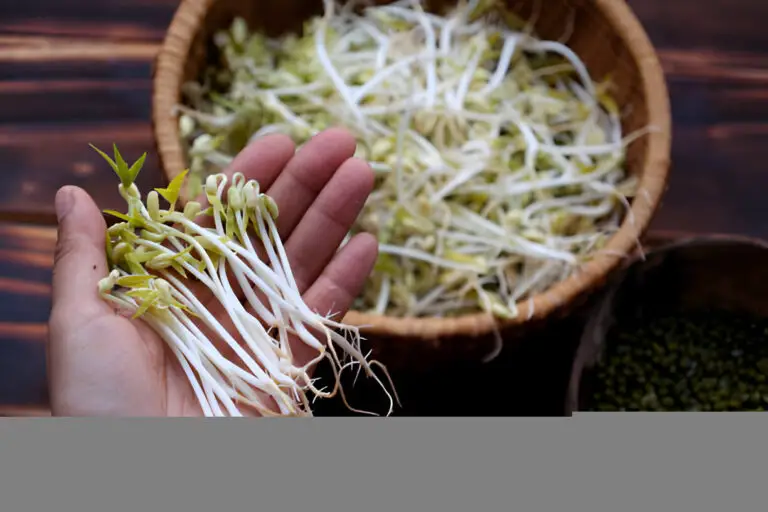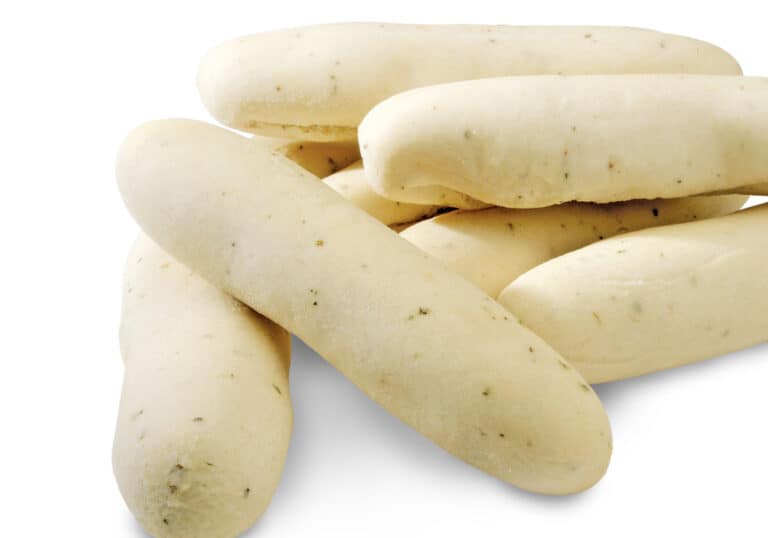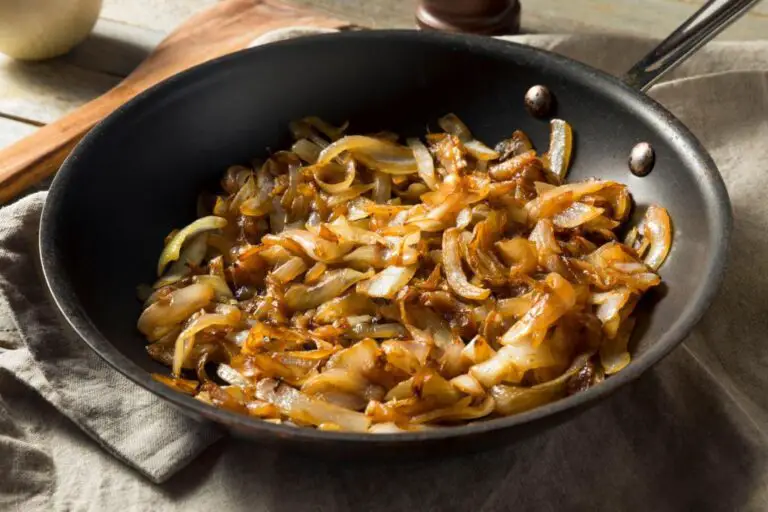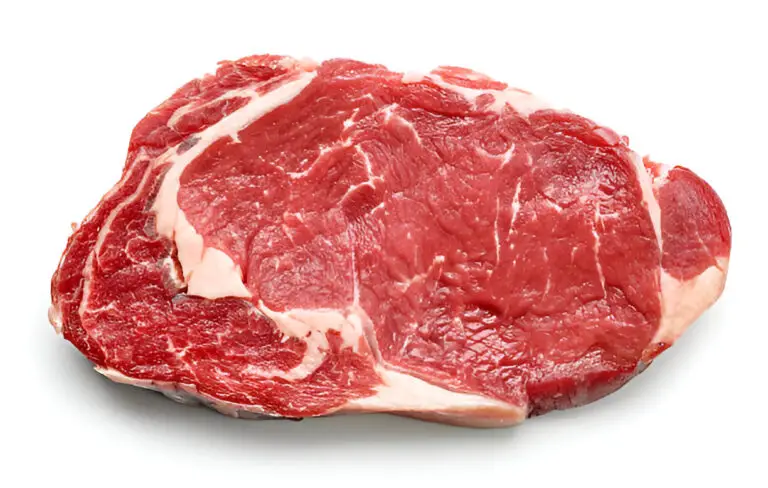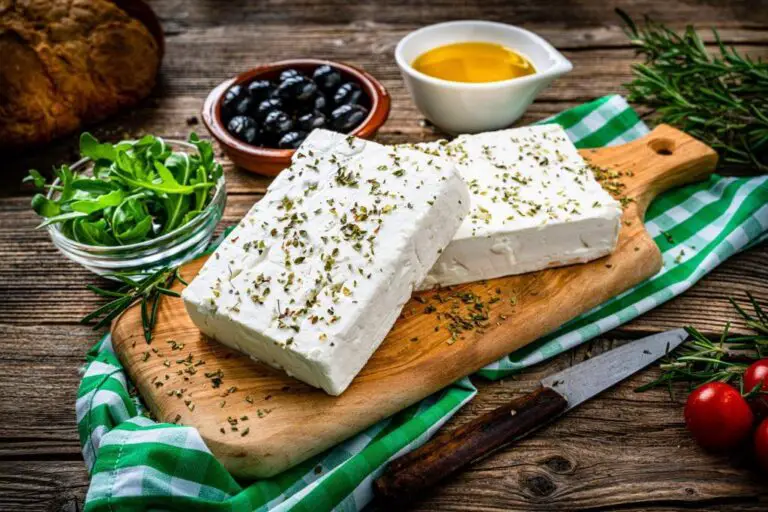Can You Reheat Fried Rice Twice Without Compromising Safety or Taste?
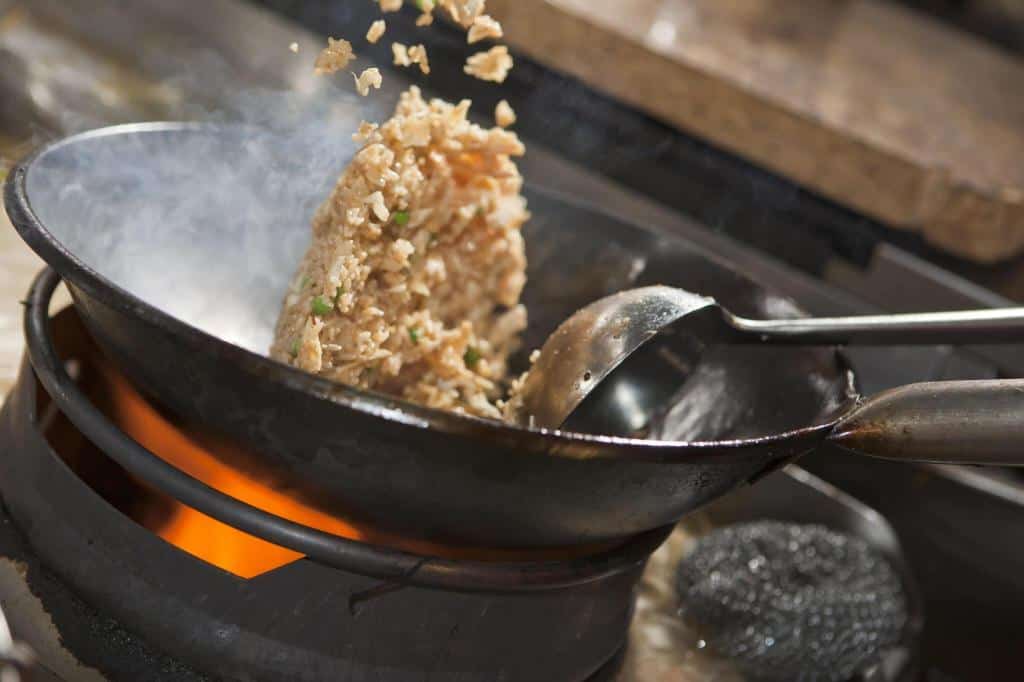
Many people enjoy the popular dish of fried rice, which is a delicious combination of fluffy grains, savory vegetables, and protein. Whether it’s from your favorite Chinese takeout joint or homemade with love in your kitchen, fried rice holds a special place in our hearts and on our plates. However, more often than not, we find ourselves staring down at a hefty portion of leftover fried rice after indulging in our initial serving.
Why does this happen? Perhaps we overestimated our appetites or ordered too much for the family gathering. Regardless of the reason behind the surplus bowlfuls sitting idly in the fridge, one question inevitably arises. Can we reheat this beloved staple not just once but twice without compromising safety or taste?
Reheating fried rice more than once is not recommended due to the risk of food poisoning. Uncooked rice can contain spores of Bacillus cereus, bacteria that can cause food poisoning.
Today, dear reader, we embark on an important culinary journey. We’ll unlock the secrets of reheating fried rice multiple times while preserving its delectable flavors. We will delve into food safety guidelines. We will explore practical tips that optimize texture and taste. This will help when giving new life to those seemingly forgotten leftovers lurking at the back of your refrigerator shelves.
Gather your utensils and prepare to savor every bite. We’ll unlock the knowledge needed to masterfully reheat fried rice like never before!
Understanding Food Safety
Addressing Foodborne Illnesses
One of the most crucial aspects of food safety is avoiding and preventing foodborne illnesses. When it comes to reheating cooked foods, including fried rice, proper handling is essential. Improperly reheated food can become a breeding ground for bacteria such as Salmonella or Staphylococcus aureus. This can lead to various gastrointestinal issues and other health problems.
It’s important to understand that bacterial growth occurs rapidly between 40°F (4°C) and 140°F (60°C), commonly known as the danger zone. This means that if fried rice is left at room temperature for an extended period after initial cooking or while cooling down before being refrigerated, it increases the risk of bacterial contamination.
Bacteria Growth During Cooling, Storage, and Reheating:
During the process of cooling down cooked rice for storage in the refrigerator or freezer, bacteria can still multiply. Take the necessary precautions. To minimize bacterial growth during this critical time frame, divide larger portions into smaller portions in shallow containers to allow quicker cooling.
Placing hot fried rice directly into cold storage can slow down cooling significantly. This can promote bacterial multiplication within this potential danger zone.
When reheating stored fried rice multiple times, each cycle potentially creates opportunities for increased bacterial growth. If not handled properly, the risks grow. During each reheating session, bring your leftover fried rice back up above 165°F (74°C) internally. This will kill any harmful bacteria that may have multiplied over time. At the same time, it maintains optimal flavor and texture.
By following these guidelines with care and awareness of food safety practices throughout all stages, from preparation to consumption, you can safely enjoy your delicious leftover fried rice. You can reheat it multiple times while minimizing the risks of improper handling.
| Also see: What Happens if You Eat Moldy Rice? |
Is it Safe to Reheat Fried Rice Twice?

Safety is the most important thing to think about when reheating fried rice. Reheating fried rice once is generally considered safe if done properly. However, a question arises: can you reheat fried rice twice without compromising its safety? The answer depends on various factors.
The most crucial factor in determining the safety of reheating fried rice multiple times is how it has been handled and stored since the initial cooking. If the leftover fried rice has been stored properly in an airtight container and refrigerated promptly after cooking, there is less risk of bacterial contamination.
Each time you reheat the fried rice, you increase the chances of bacterial growth. This is because heat may not reach all parts evenly during reheating. It’s vital to consistently follow proper storage and handling guidelines to minimize any potential risks.
Additionally, consider whether it’s safe to reheat your leftover fried rice twice. Pay attention to how it smells or looks before reheating it again. If you notice any off-putting odors or changes in texture or color, such as sliminess or mold growth, discard it immediately. Trust your senses; they are often reliable indicators of food spoilage.
Always err on the side of caution. Discard questionable leftovers. This ensures that your health and well-being are not compromised.
Initial Reheating of Fried Rice
a) When reheating fried rice for the first time, it is crucial to follow best practices to ensure that it doesn’t lose its texture and flavor. One common method is to use a microwave, which provides quick and convenient results. Place the desired amount of fried rice in a microwavable dish, ensuring it is spread out evenly rather than stacked in a heap. This allows for even heating throughout.
b) Regardless of the method chosen, it is essential to heat the reheated fried rice above 165°F (74°C). This temperature recommendation ensures any potential bacteria or pathogens present are effectively killed off. Using a food thermometer can help you accurately gauge when your reheated fried rice has reached this safe threshold.
Remember not to reheat more than you plan to consume at one time. Repeatedly reheating leftovers increases the likelihood of bacterial growth and compromises food safety. By following these initial reheating guidelines, you will be able to enjoy your leftover fried rice without compromising taste or putting yourself at risk.
| Also see: Can You Reheat Uncle Ben’s Microwave Rice Twice? |
Cooling and Proper Storage
To ensure the safety and quality of reheated fried rice, it is crucial to cool it down quickly after cooking. When rice sits at room temperature for too long, it becomes an ideal breeding ground for bacteria like Bacillus cereus. This can cause food poisoning. Rapid cooling not only slows down bacterial growth but also helps maintain the taste and texture of the rice.
One effective way to cool down fried rice quickly is by spreading it out on a large tray or baking sheet in a thin layer. This increases the surface area exposed to air, allowing heat to dissipate faster. Alternatively, you can divide the batch into smaller portions before cooling them individually.
Once your fried rice has cooled sufficiently (within two hours), proper storage plays a vital role in maintaining its freshness. It’s important to transfer the leftover dish into shallow containers with lids that fit tightly.
The low depth allows for even cooling and facilitates faster reheating later on. Avoid overcrowding your refrigerator’s shelves. This can impede airflow and hinder the proper chilling of food items in your fridge.
Reheating for the Second Time
a) When reheating fried rice for the second time, it is important to take the necessary precautions to ensure food safety. As a general rule, cooked rice should not be left at room temperature for more than two hours. If you have already reheated your fried rice once and still have leftovers, it is crucial to store them properly in the refrigerator within this time frame. Make sure to transfer your leftover fried rice into an airtight container and refrigerate it as soon as possible.
b) While reheating fried rice twice may help prolong its shelf life, it’s worth noting that multiple reheats can alter its taste and texture. With each subsequent reheat, the moisture content of the rice decreases further, resulting in drier grains that may become chewier or even slightly grainy when consumed. Additionally, some ingredients in fried rice, like vegetables or meats, may lose their original flavor and tenderness upon repeated reheating.
The taste and texture of fried rice can change when it is heated up a second time, but there are ways to handle this. Consider adding a small amount of water or broth before heating again. This will help add moisture back into the dish while preventing excessive dryness.
You can also try mixing in fresh vegetables or proteins during this stage. This can introduce additional textures and flavors that contrast with the previously cooked ingredients. By being mindful of these factors while reheating twice, you can maximize both safety and taste when enjoying your leftover fried rice!
Factors That Impact Safety and Taste
When it comes to reheating fried rice, several factors can affect both its safety and taste. One crucial consideration is the type of ingredients used in the dish. For instance, if your fried rice contains meat or seafood, you should exercise caution when reheating. These protein-rich foods are more susceptible to bacterial growth. Make sure that all meats and seafood are cooked thoroughly before incorporating them into the fried rice.
The method employed to cook the rice can also impact how well it reheats. If you originally prepared your fried rice using a stovetop or wok frying method, chances are it will reheat better compared to microwave-cooked or steamed variations. Frying on high heat helps preserve texture and reduces moisture content in the dish, which contributes to maintaining a desirable flavor during reheating.
Lastly, storage duration plays a vital role in determining both safety and taste when reheating fried rice multiple times. Keep in mind that any leftovers should be refrigerated within two hours after cooking has finished to prevent bacterial growth. Additionally
Expert Tips for Optimal Results
When it comes to reheating fried rice multiple times without compromising flavor, some expert tips can greatly enhance the final result. Culinary experts and experienced chefs suggest a few techniques. These can help you achieve optimal taste and texture during subsequent reheating.
One popular tip is to use a non-stick pan or wok instead of the microwave. While microwaving may seem like a convenient option, it often results in uneven heating and soggy rice. Using a non-stick pan allows you to control heat distribution better. This leads to crispier grains and more pronounced flavors. Simply add a small amount of oil or butter to the pan, then gently stir-fry your leftover fried rice until heated through.
Another useful tip is to consider adding fresh ingredients when reheating your fried rice for the second time. This not only helps revive any dull flavors but also adds an extra layer of complexity. You can toss in some chopped scallions or garlic for added freshness, or even experiment with new ingredients like diced bell peppers, peas, or cubed tofu—whatever suits your preference! Adding these components towards the end of reheating ensures they retain their crunchiness and don’t become overcooked.
Implement these expert suggestions to elevate the taste profile of your leftover fried rice. They will help maintain its safety. So go ahead and give them a try—unlock new dimensions of flavor with each subsequent round of reheating!
| Recipe: Egg Fried Rice with Sliced Pork |
Final Thoughts:
In conclusion, reheating fried rice twice can compromise both its safety and taste. It is crucial to handle leftovers properly to minimize the risk of foodborne illness. To ensure safety, follow guidelines. Refrigerate leftover fried rice within two hours of cooking. Store it in airtight containers. Consume it within three to four days. When reheating your fried rice for the second time, make sure it reaches an internal temperature of 165°F (74°C) to kill any potential bacteria.
Reheating fried rice multiple times may not be recommended. If you cannot eat it right away, you can repurpose your leftover dish in other ways. You can transform it into delicious stir-fried rice balls. Shape the cold fried rice into small balls and then fry them until crispy on the outside. Another option is to make stuffed peppers or zucchini boats. You can do this by scooping out the veggies’ centers and filling them with heated leftover fried rice before baking.
Remember to prioritize food safety when deciding if leftovers are safe to eat. If you have any doubts about the quality or freshness after reheating once or twice, it’s best to discard the remaining portion. This is better than risking potential health issues. Follow these guidelines to enjoy your favorite homemade fried rice safely and tastily!

